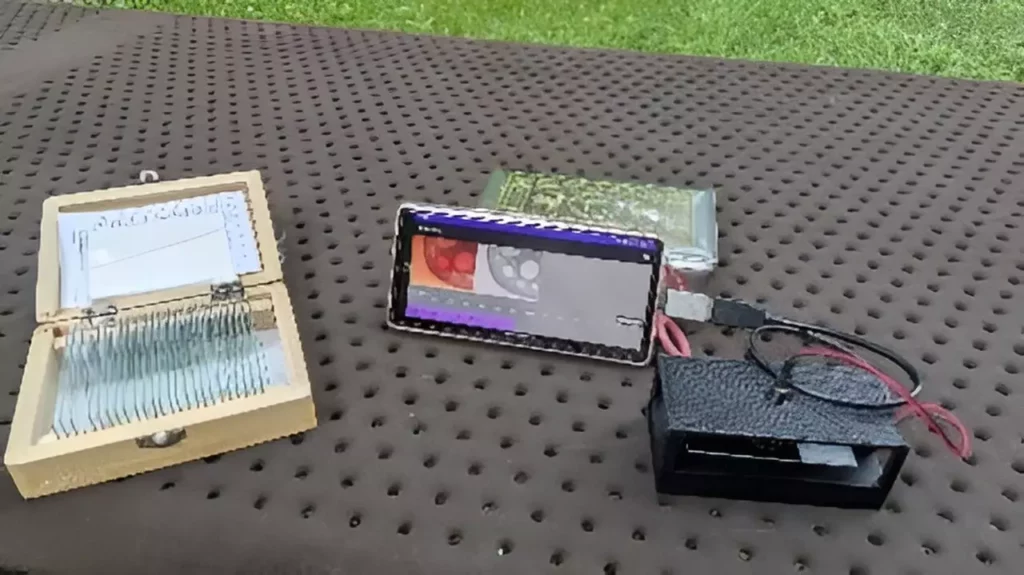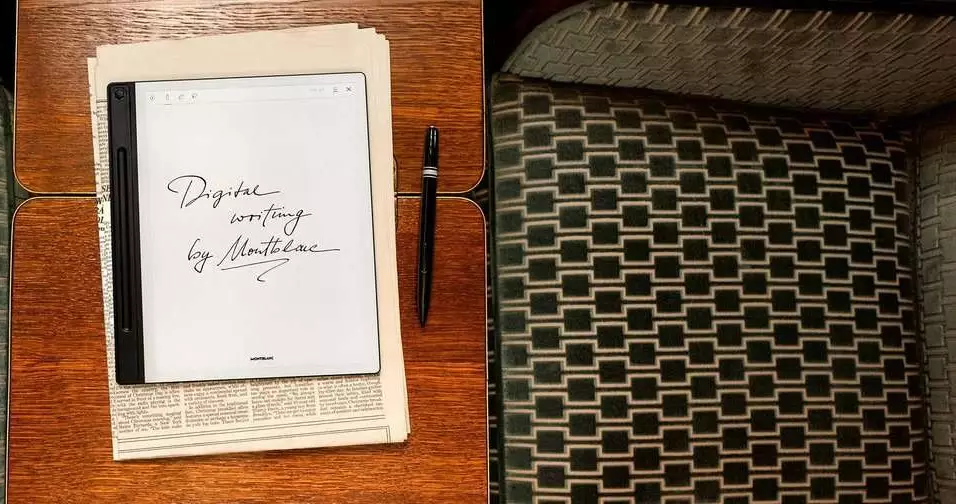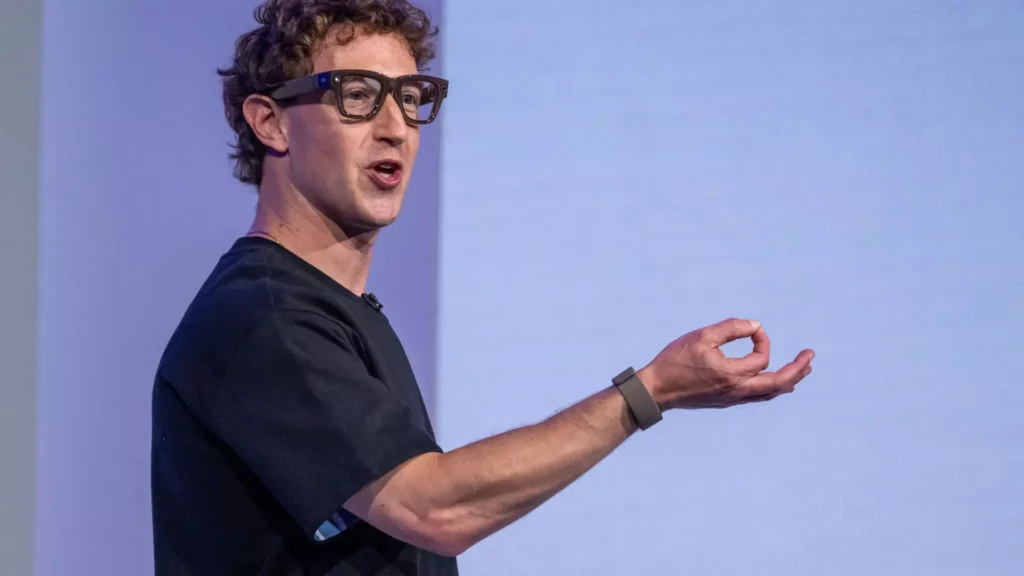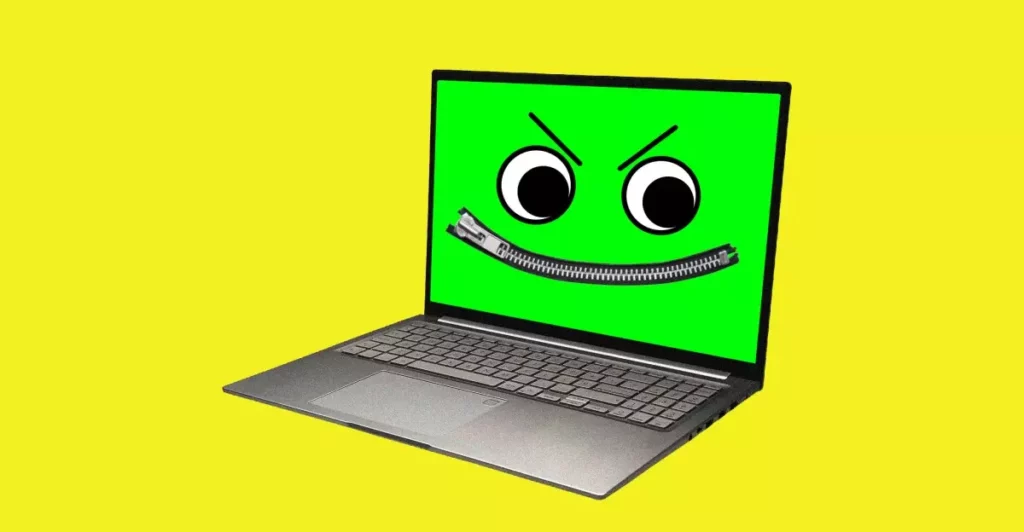In an age where technology is at the forefront of innovation, the recent development of a smartphone-based digital holographic microscope represents a seismic shift in how we visualize and measure the microscopic world. This device is not just a slick gadget—it’s an emblem of a new era in scientific research that holds the potential to broaden access and dramatically enhance educational methodologies. Traditional microscopy has often been an unwieldy affair, tethered to cumbersome equipment that can be impossibly pricey for many educational institutions and healthcare facilities around the world. By fusing the power of sophisticated optics with the ubiquitous nature of smartphones, researchers have fundamentally altered the landscape for those in resource-limited settings, significantly democratizing access to scientific inquiry.
Accessibility: The Driving Force
Imagine a classroom filled with eager students, phones in hand, actively engaging with the microscopic world around them. This is not the realm of science fiction; it is the potential reality brought forth by the introduction of this novel microscope. Yuki Nagahama from Tokyo University of Agriculture and Technology has been instrumental in bringing this vision to life, emphasizing that access to advanced scientific tools shouldn’t be restricted by geography or financial constraints. In a world where educational equity is often an unreachable goal, this technology could lay the groundwork for a future where every student—regardless of their background—can delight in hands-on learning experiences.
However, one must ponder: does this gadget truly bridge the equity gap it aims to address? The reality is that while this microscope promises to be affordable and easy to assemble, we still face systemic challenges that could hinder its distribution. The old adage “you can lead a horse to water, but you can’t make it drink” comes to mind. As long as educational institutions are underfunded or bureaucracy stands in the way, even revolutionary tools may take time to become mainstream.
Healthcare at the Forefront
Healthcare is another sphere where this technology positions itself as a game changer. The prospect of diagnosing diseases like sickle cell anemia with a smartphone device allows for a more potent response to health challenges, especially in developing nations plagued by an over-reliance on outdated equipment and practices. Nagahama is optimistic, asserting that “this microscope could reshape how medical applications are implemented globally.” The potential for immediate, on-the-spot diagnoses could indeed rescue lives that might otherwise be lost waiting for results from traditional devices.
However, while this innovation is laudable, it’s imperative to critique the oversimplification of its impact. Disease diagnosis is not merely a technical endeavor; it involves understanding socioeconomic factors and patient histories. The reliance on a smartphone microscope, while promising, could lead to a mechanized approach that underrepresents the nuanced human elements essential to effective healthcare.
Real-Time Engagement and Interactivity
Among the microscope’s most riveting features is its ability to provide real-time image rendering. Users can manipulate digital holograms with intuitive gestures, fostering a more engaging learning environment. We’re entering a realm where science becomes a participatory sport—researchers and students alike can embark on collaborative and instantaneous endeavors, building a collective knowledge base in ways that were previously unimaginable.
However, one must interrogate the implications of this hyper-connectivity. While many welcome the excitement of real-time creativity, it also raises questions about the nature of collaboration in a digital context. Are we sacrificing depth for the sake of immediacy? The TikTok generation is accustomed to quick, digestible snippets of information. In this shift, are we losing the rigorous examination and debate that traditionally underlines scientific progress?
The Interplay Between AI and Optical Science
Amid the technological jubilation, it’s important to address the challenges ahead. The presence of artifacts during image reconstruction poses a significant barrier to the reliability of this revolutionary device. The design team’s pursuit of deep learning technologies aims to mitigate these discrepancies. The marriage of artificial intelligence and optical science could usher in a new gold standard for both accuracy and diagnostic reliability, but at what cost?
As we tread the path towards increasingly sophisticated AI-based solutions, we must engage critically with the ethical dimensions. The implications for privacy, data handling, and the digital divide loom large. Will the benefits be equitably distributed, or will this create a chasm between those who can afford the latest AI-driven technology and those who cannot?
Beyond the Horizon of Microscopy
As we stand on the brink of this brave new world, it becomes clear that the smartphone-based digital holographic microscope is not merely a technological advancement; it is a crucible of opportunities and challenges that underscore broader societal dynamics. The implications for education, healthcare, and scientific research may well ripple across disciplines in ways we have yet to fully comprehend. In a time when science is increasingly interwoven with socio-political contexts, we must be vigilant advocates for equitable access to these groundbreaking tools.
With its potential to reconstitute the educational landscape and democratize healthcare, this technology prompts us to reckon with our responsibilities as consumers and citizens amidst transformative advancements. In this rapidly changing world, one can only hope that we wield such innovations thoughtfully and inclusively.









Leave a Reply